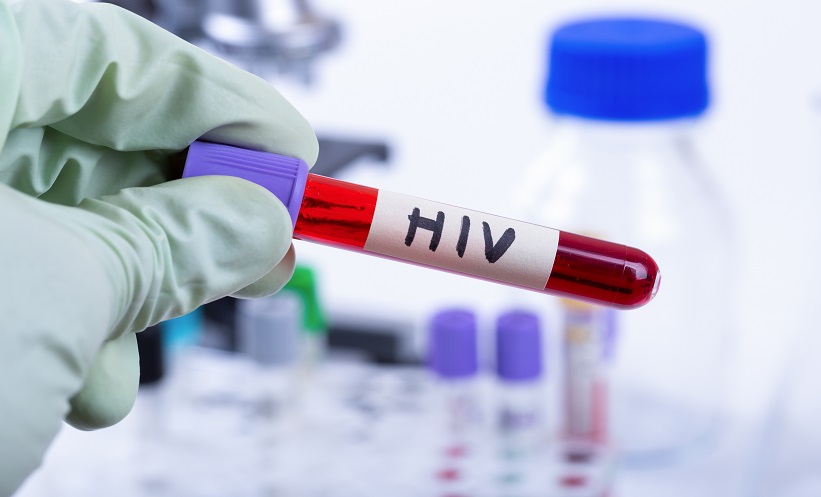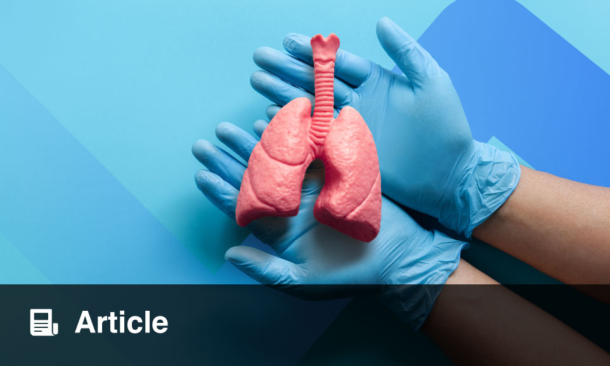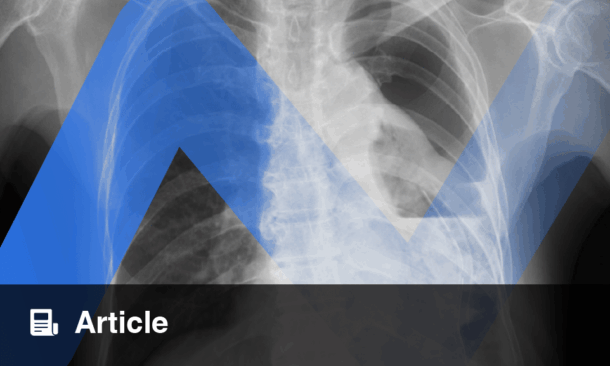A new study has found that people living with HIV (PWH) in the United States are less likely to receive cancer treatment if they live in areas with lower income or educational attainment. The findings published using data from the National Cancer Database (2004–2020), shed light on how structural inequalities may contribute to disparities in cancer care.
Researchers analysed data from over 31,000 adults with both HIV and cancer, focusing on the 14 most common cancer types in this group. Of those included, 16.5% did not receive first-line curative cancer treatment. The study population was predominantly male (68%), aged 60 or older (43%), and nearly 40% resided in the Southern US.
Common cancers included lung (21%), diffuse large B-cell lymphoma (12%), colorectal (9%), and prostate (9%). After adjusting for factors like age, cancer type, and stage, those living in areas with the lowest educational levels or income were about 27% less likely to receive cancer treatment (adjusted odds ratio: 0.73).
The study highlights the significant role of area-level social determinants of health—such as income and education—in access to cancer care among PWH. Authors argue that addressing these systemic barriers is essential to improving equity in cancer treatment.
Reference
Islam JY et al. Investigating structural inequities in area-level socioeconomic and health care access measures among people with HIV and cancer (2004-2020). Cancer. 2025 May 1;131(9):e35881.








